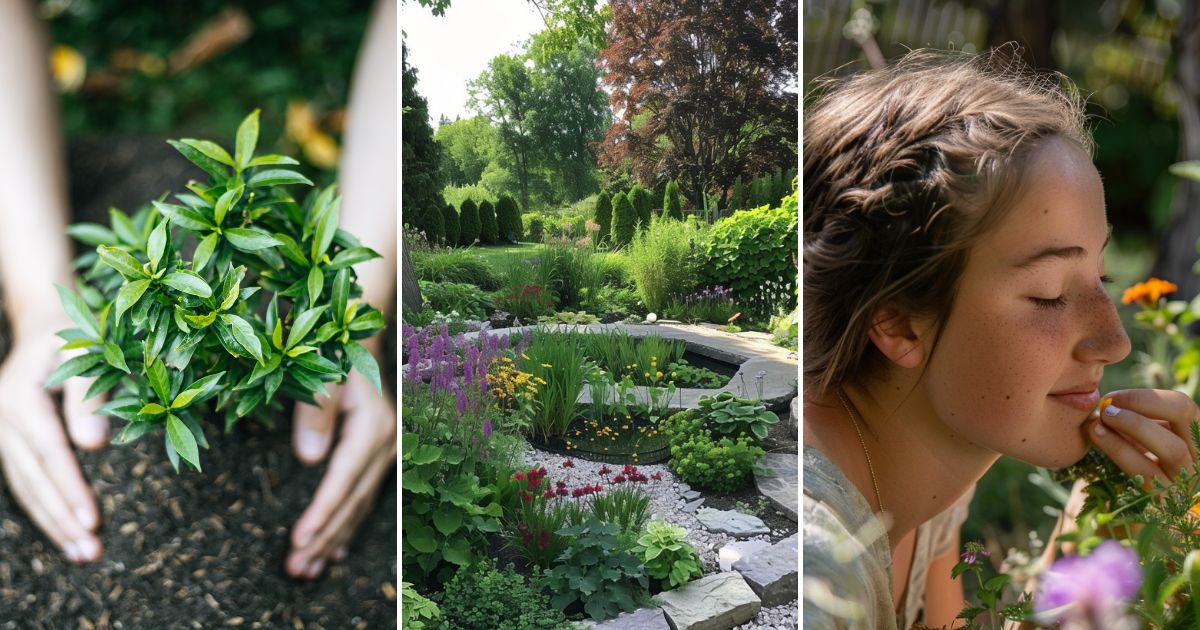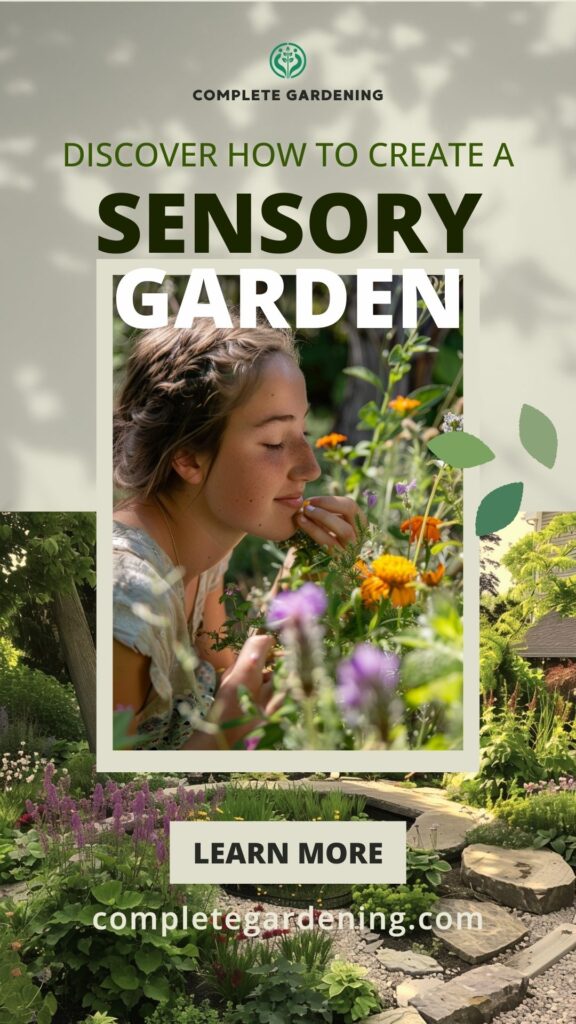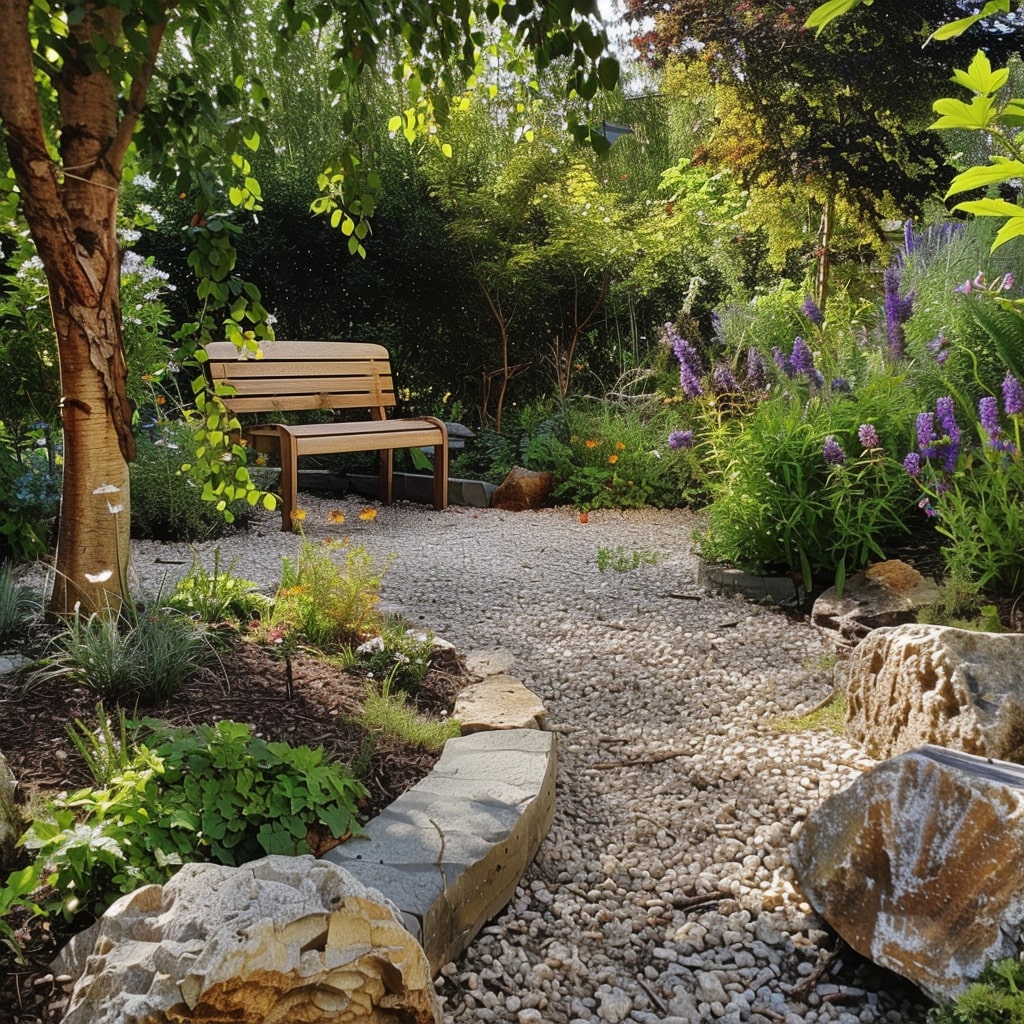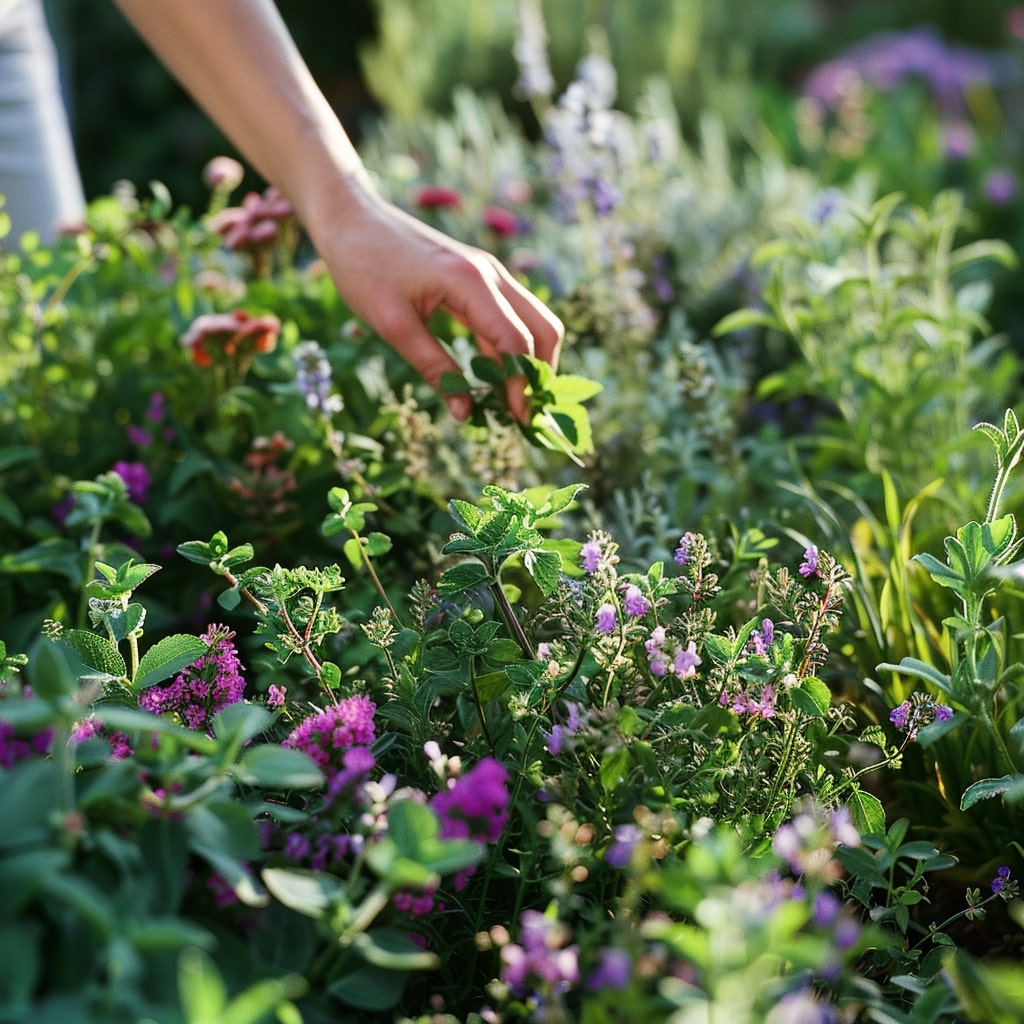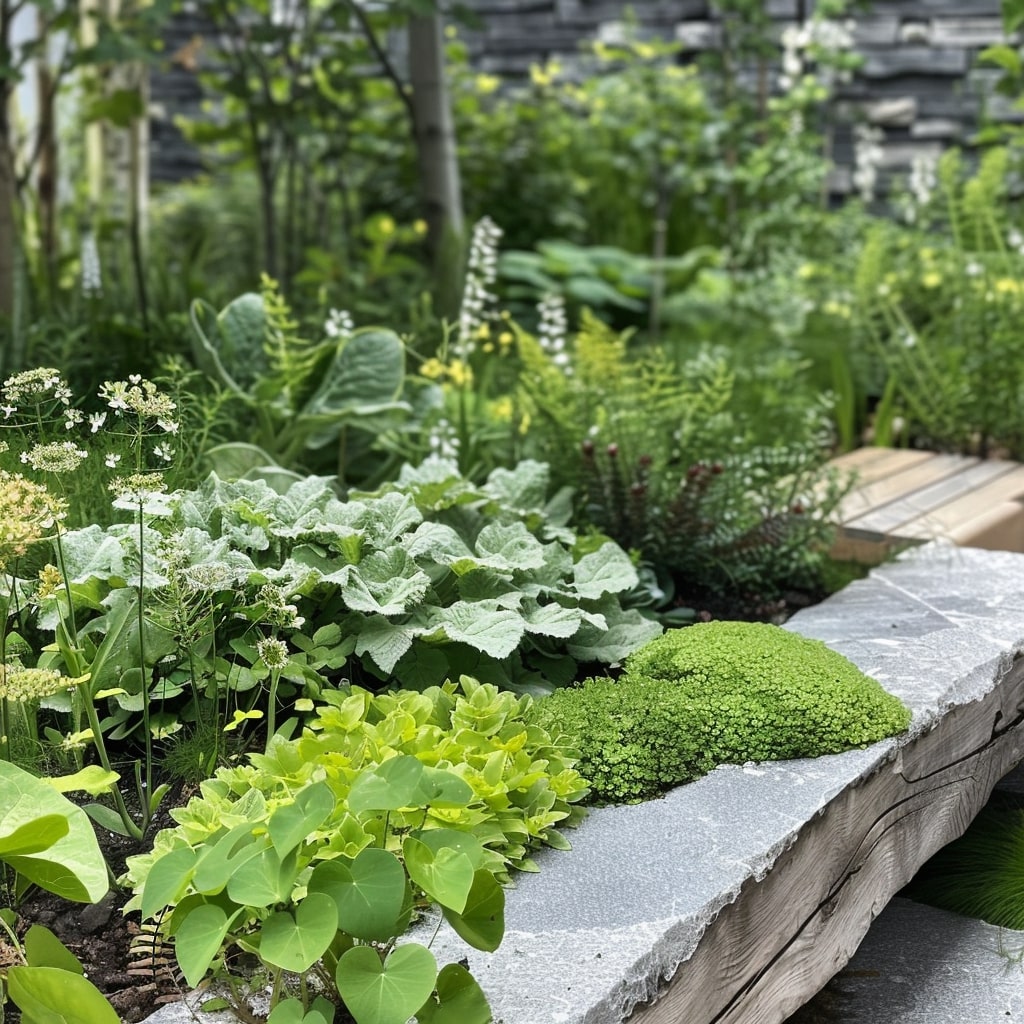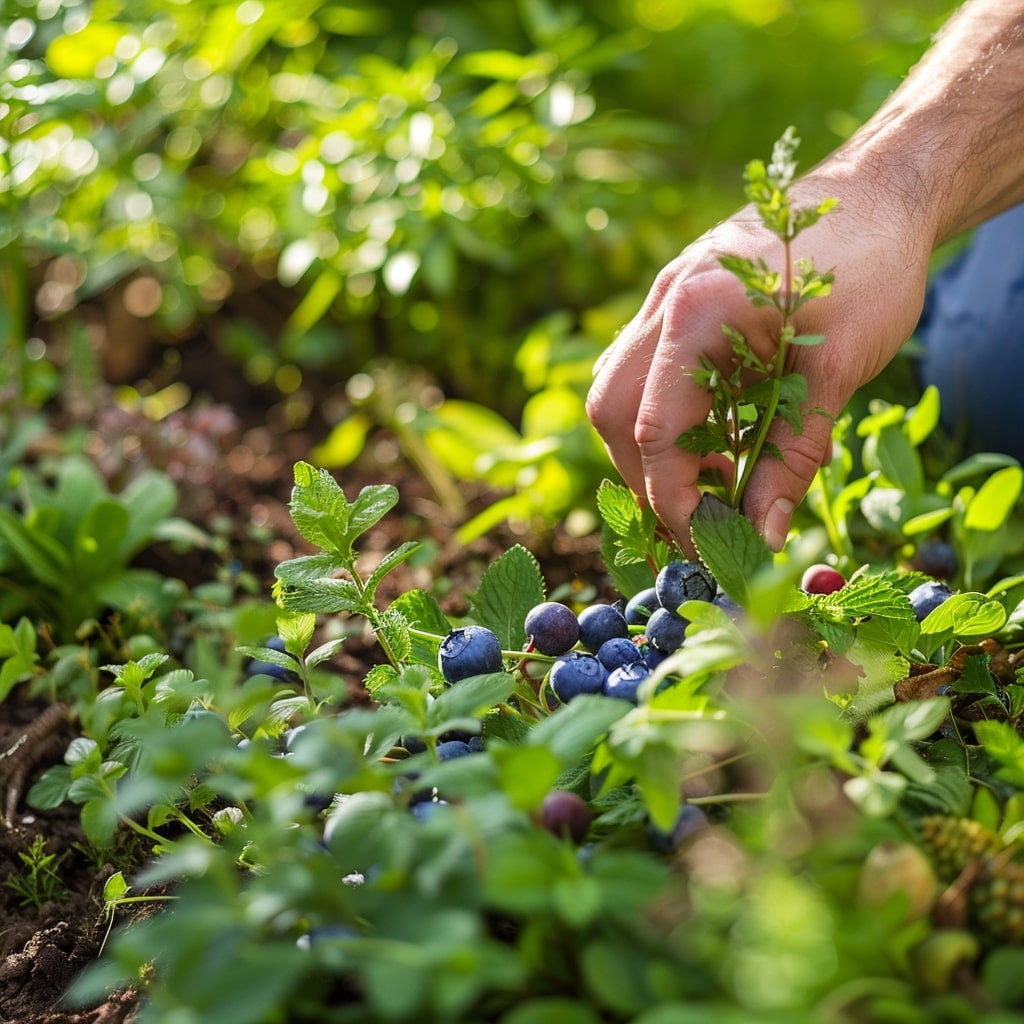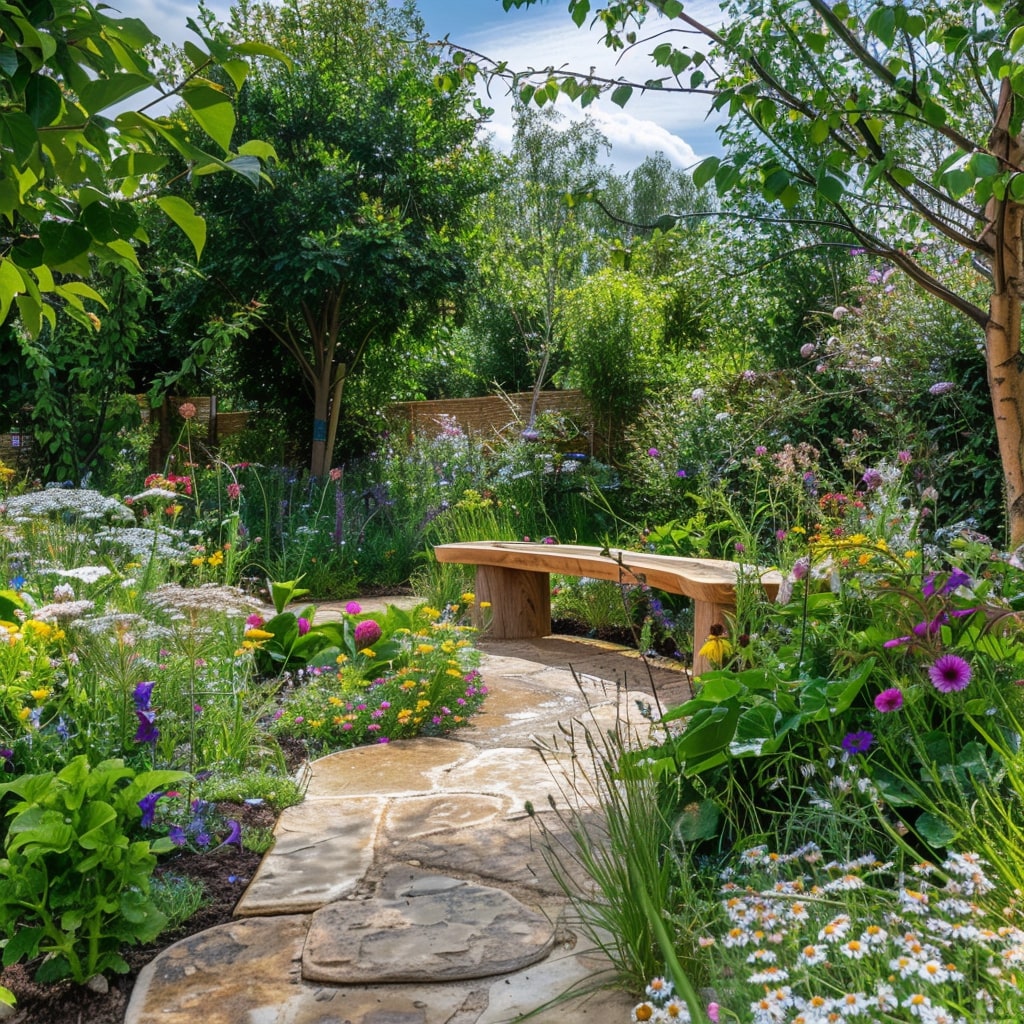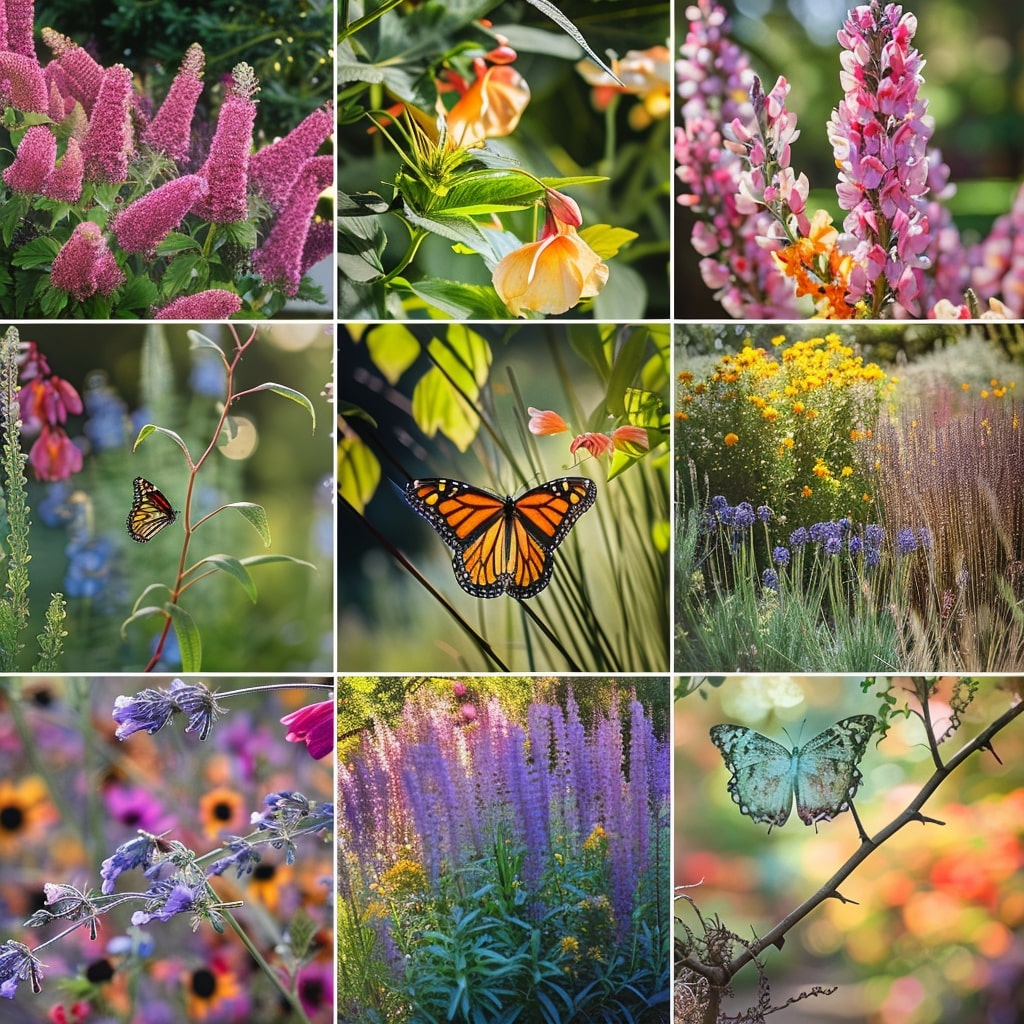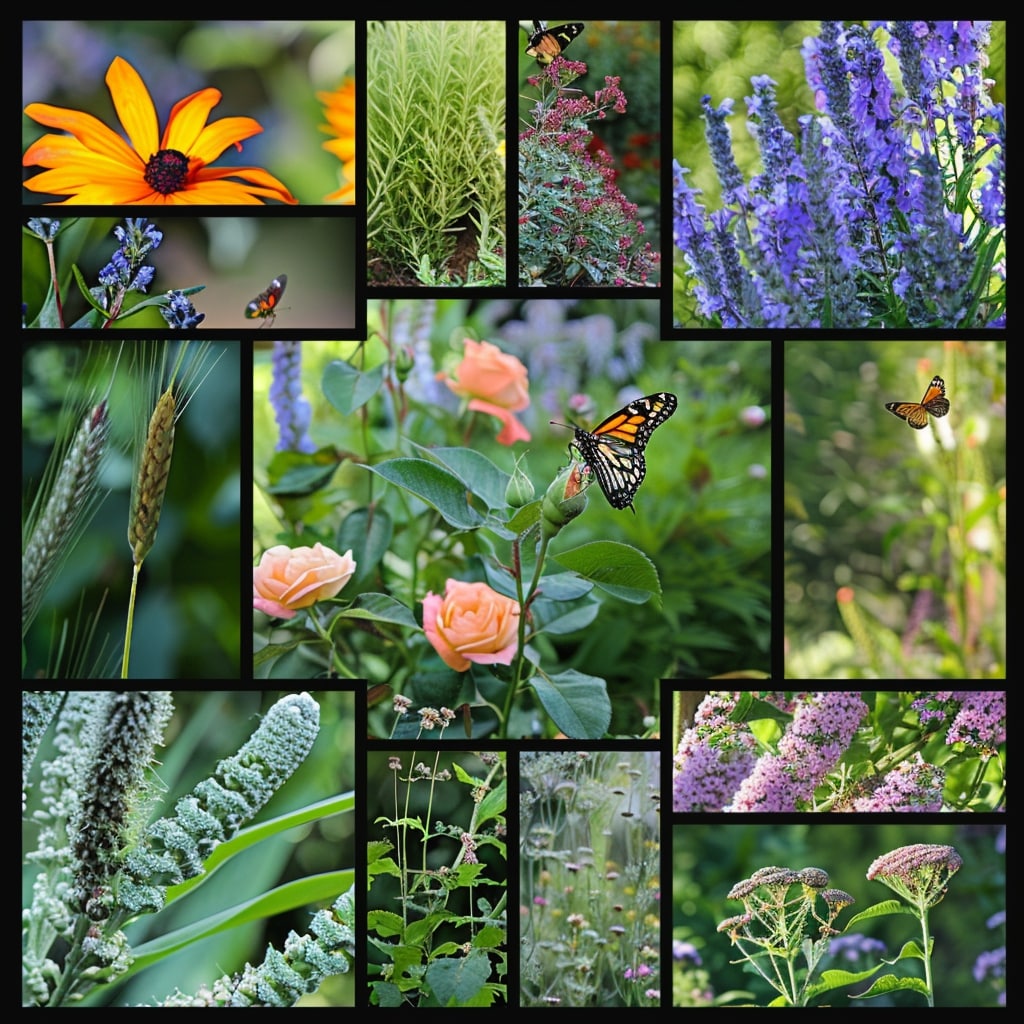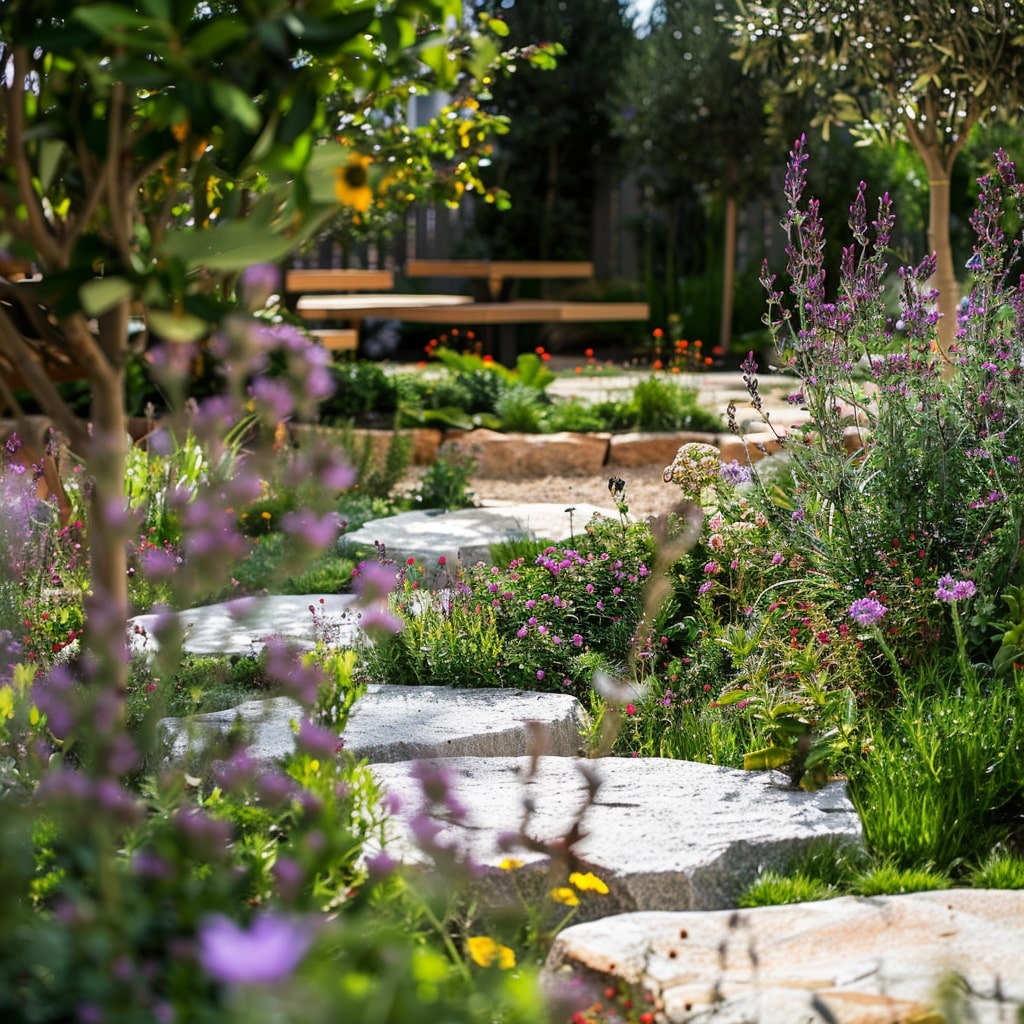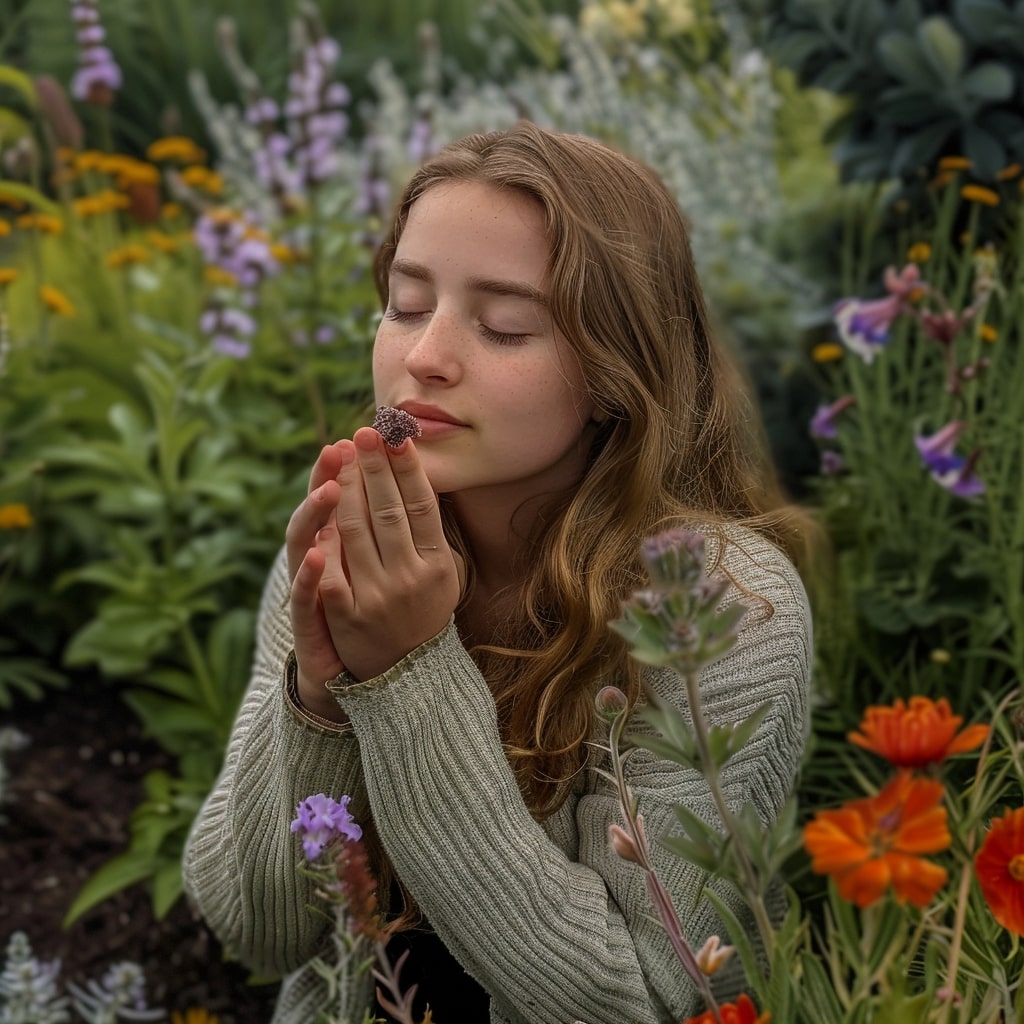We often take for granted the myriad of sensations we experience in a garden—the vibrant colors, the soothing sounds, the delicate textures. But what if you could create a garden that intentionally amplifies these sensations?
Enter the sensory garden, a space designed to awaken all five senses: sight, scent, sound, touch, and taste. Imagine a garden where every flower, every pathway, and every whisper of the wind is crafted to maximize your sensory enjoyment. Ready to transform your outdoor space into a multisensory paradise? Let’s dive in!
What is a Sensory Garden?
A sensory garden is designed to stimulate all five senses through careful planning and plant selection. These gardens can serve various purposes, from educational spaces for young people to therapeutic environments for individuals with mental health challenges or cognitive impairments. Sensory gardens provide a controlled environment where people, especially children with autism, can explore their senses safely. The emotional response to a sensory garden can positively impact overall health and well-being.
When designing a sensory garden, it’s crucial to consider the needs of its users. For instance, if children will be using the garden, ensure that the plants they are encouraged to touch are non-toxic. If the garden is for wheelchair users, make sure that the hard landscaping is accessible and that plants are at a suitable height. For visually impaired users, focus on bold, contrasting colors and include elements that appeal to touch and sound.
Sensory Garden Ideas for Any Space
You don’t need a large space to create a sensory garden. The ideas below can be implemented in any growing space, whether it’s a window box, balcony, or garden.
Sight
When planning the visual aspects of a sensory garden, consider the textures and shapes of different plants, as well as their flowers. Choose plants with various growing habits, from low ground covers to trailing climbers, and include a range of foliage types. Color is also crucial for visual impact; a muted cool palette creates a calming atmosphere, while a warm palette with vibrant colors brings energy to the space.
In addition to plants, consider other visual elements like hard landscaping decisions or features like ponds. Don’t forget to add a seating area to relax and admire your space.
Scent
Scent is one of the most evocative senses, capable of instantly conjuring up memories. Filling a garden with aromatic plants enhances its sensory impact. There are fragrant plants to choose from throughout the year, from sweet peas in summer to witch hazels in February. Herbs are also an excellent choice for their highly scented foliage, which stimulates both the sense of smell and taste.
Sound
Sound helps you focus on your immediate surroundings and tune into nature. Consider elements that create sound, such as water features or the rustling of grasses. Attracting wildlife can also add natural sounds like the buzz of insects or bird songs. Hard landscaping can contribute to the soundscape with elements like gravel paths or autumn leaves crunching underfoot.
Touch
Include various textures and surfaces to encourage exploration through touch. From the silky soft foliage of lambs’ ears to the leathery feel of sedums, choose plants that invite touch. Ensure that any plants you include are non-toxic and free of thorns. Hard landscaping materials like walls, seating areas, or decking can also enhance the tactile experience. Water features add a soothing element, allowing you to dip your hand into cool water on a hot day.
Taste
Don’t forget the taste buds in your sensory garden. Grow vegetables, fruit, or herbs that you love to eat. Most crops require cooking before tasting, but fruits can be enjoyed fresh as you wander through the garden. Herbs are a great addition, providing both scent and flavor to your meals.
Designing a Sensory Garden: Practical Tips
When designing your sensory garden, keep the following tips in mind:
- Consider Accessibility: Ensure that paths are wide and smooth enough for wheelchair users and that plants are within reach.
- Seasonal Interest: Choose plants that provide sensory experiences throughout the year.
- Variety: Include a mix of plants to stimulate all senses. For instance, lavender for scent, ornamental grasses for sound, and berries for taste.
- Safety: Avoid toxic plants and those with thorns, especially if the garden will be used by children or people with cognitive impairments.
- Comfort: Add seating areas where visitors can sit and immerse themselves in the sensory experience.
Examples of Sensory Plants
Here are some plants that can enhance each of the five senses in your garden:
Sight
- Butterfly Bush (Buddleia davidii): Attracts butterflies and adds vibrant color.
- Weeping Willow (Salix babylonica): Graceful arching branches and lush foliage.
- Peace Rose (Rosa peace): Bi-colored blooms with a striking visual appeal.
Scent
- Japanese Honeysuckle (Lonicera japonica): Fills the air with jasmine and vanilla scents.
- English Lavender (Lavandula angustifolia): Provides a fragrant floral aroma.
- Peppermint (Mentha × Piperita): Emits a refreshing menthol scent.
Sound
- Northern Sea Oats Grass: Creates a soothing rustling sound in the wind.
- Switchgrass (Panicum virgatum): Adds gentle noise and visual movement.
- Bamboo: Produces a variety of noises depending on the wind strength.
Touch
- Lamb’s Ear (Stachys byzantina): Soft, velvety leaves.
- Silver Grass (Miscanthus sinensis): Fine blades that are intriguing to touch.
- American Pussy Willow (Salix discolor): Furry buds that feel like tiny cat paws.
Taste
- Highbush Blueberry Bush (Vaccinium corymbosum): Provides delicious blueberries.
- Wild Strawberries (Fragaria vesca): Offers sweet, flavorful fruits.
- Violet (Viola odorata): Edible flowers with a sweet taste.
Additional Elements to Enhance Sensory Experiences
In addition to plants, consider adding these elements to your sensory garden:
- Pathways: Use different materials like wood chips, sand, or gravel to create varied textures and sounds.
- Water Features: Incorporate fountains or bird baths to add the calming sound of water.
- Sculptures: Add visual and tactile interest with garden art.
- Birdhouses: Attract birds to your garden, adding both visual and auditory enjoyment.
Sensory Connection Technique
Once your sensory garden is flourishing, use this technique to fully engage with your surroundings:
- Five things you can see: Notice the different colors, shapes, and movements.
- Four things you can touch: Feel the textures of leaves, flowers, and surfaces.
- Three things you can hear: Listen to the sounds of nature around you.
- Two things you can smell: Breathe in the fragrances of flowers and herbs.
- One thing you can taste: Savor the flavors of your garden’s edible plants.
This practice can help calm and focus your mind, making your sensory garden a perfect escape for relaxation and mindfulness.
Creating a sensory garden is a rewarding way to connect with nature and engage all five senses. Whether you have a large garden or a small balcony, you can design a space that stimulates sight, scent, sound, touch, and taste. By carefully selecting plants and incorporating various elements, you can create a sensory garden that enhances well-being, reduces stress, and provides a beautiful and engaging environment for all who visit.
